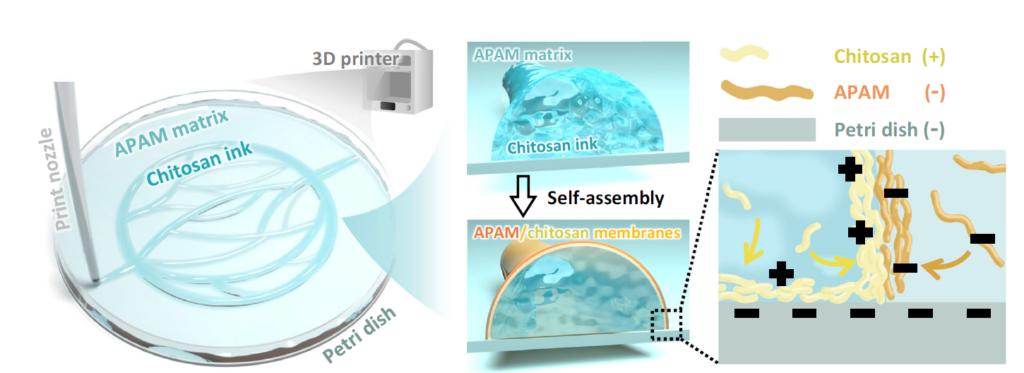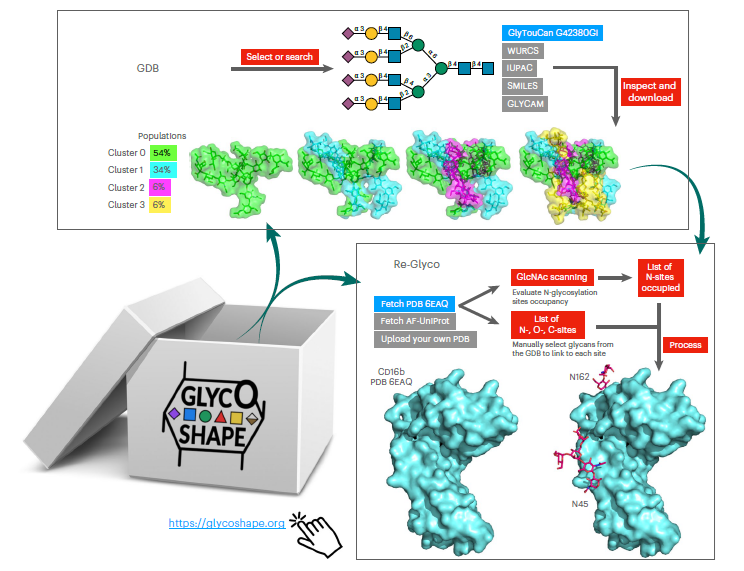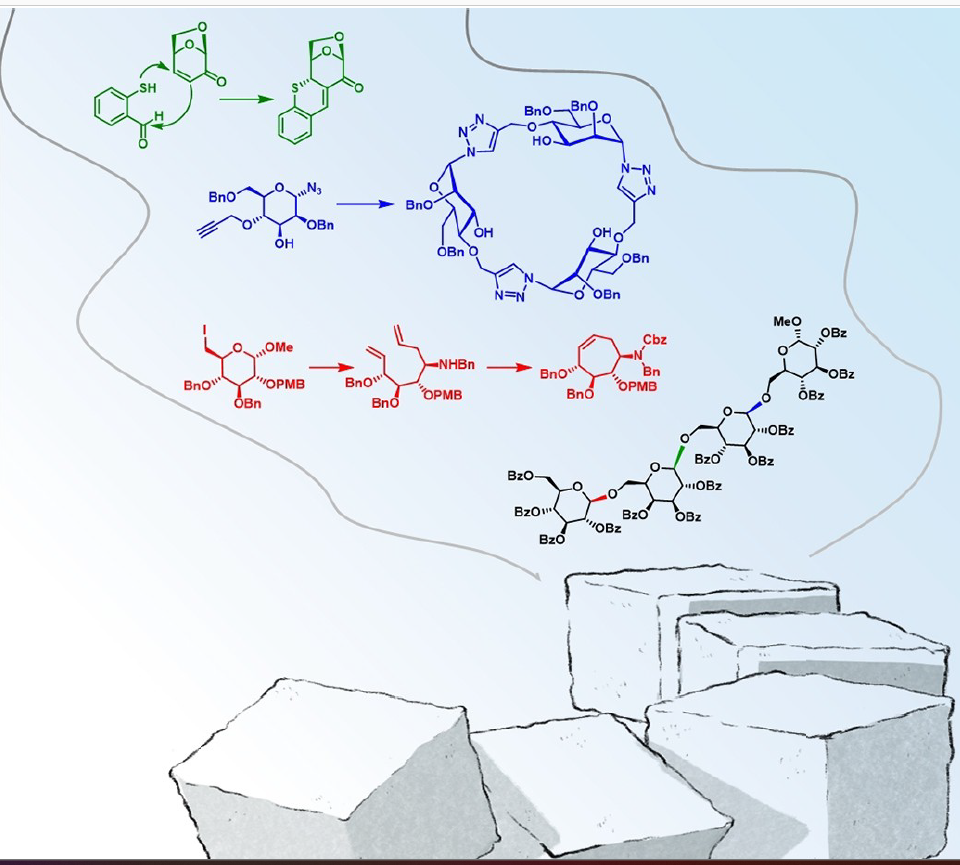
In biological systems, vascular networks play a pivotal role in regulating the chemical compositions of blood through the intricate process of trans-wall transport across different vessel walls. Replicating this dynamic and spatially heterogeneous transport mechanism in synthetic fluidic systems holds immense potential for programming fluid compositions in both space and time. However, this endeavor has been hindered by the limitations of existing synthetic channel walls, which are typically impermeable or lack functional heterogeneity. The article introduces VasFluidics, a groundbreaking fluidic system inspired by the intricate design of natural vascular networks. VasFluidics overcomes the limitations of traditional synthetic channel walls by introducing spatially diverse trans-wall transport functionalities. This is achieved through the innovative use of embedded three-dimensional (3D) printing techniques, allowing for the creation of elastic, ultrathin, and semipermeable walls that self-assemble electrostatically.
The key feature of VasFluidics lies in its ability to facilitate localized physicochemical reactions between fluids and walls, leading to the spatial variation of trans-wall molecules across different regions of the system. This spatial variation can be achieved through various strategies, such as confining solutions or locally immobilizing enzymes on the external surface of channels. By harnessing these capabilities, VasFluidics enables precise regulation of fluid compositions in both space and time. For example, the system can accurately mimic blood composition changes during processes like glucose absorption and metabolism, offering unprecedented control and flexibility in fluidic manipulation. In essence, VasFluidics represents a paradigm shift in synthetic fluidic systems, providing a versatile platform for replicating and understanding complex biofluid processes found in nature. This innovative approach not only expands the scope of traditional fluidic systems but also opens up new avenues for programmable manipulation of fluid compositions in diverse applications, ranging from biotechnology to chemical engineering.




